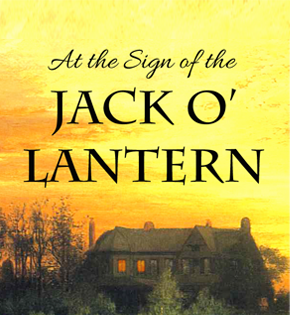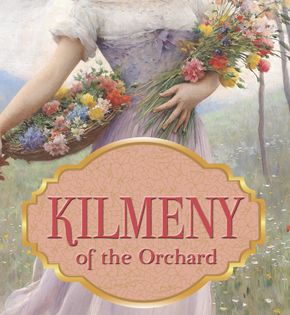We've had a lot of fun this summer delving into fruity, refreshing beverages from days of yore, and now that the weather is changing, we thought it was time to switch gears and indulge in libations perfect for warm days that finish with cool evenings. First up is a spirit that flows freely throughout the colony of Jamestown in 1621 in Mary Johnston's bestselling novel of 1900, To Have and to Hold.
When a huge warship first appears off the point making its way to Jamestown Harbor, the colonists fear the Spanish have come to make war on them. But it turns out to be a good old English ship, and though one of its passengers has come to make a great deal of trouble for newlyweds Ralph and Jocelyn Percy, it's also carrying precious cargo everyone's happy to see: wine. Sherry, to be precise.
In the novel, the colonists call it Xeres wine, for the region in Spain in which it was produced, and over time Xeres became anglicized into Sherry. (You may also have seen it in other historical novels as sack.) Sherry is a fortified wine, meaning grape spirit is added to the base wine to increase its alcohol content. Sherry is made with white grapes, primarily Palomino grapes, but some varieties are allowed to ferment for so long that their color darkens enough to almost resemble a red wine. Sherry is a "protected status" wine, and under Spanish law, to be labelled as "Sherry" a wine must come from the Sherry Triangle, an area in the province of Cádiz.
Jerez has been making wine since 1100 BC, and the tradition carried on over the centuries, under Roman and later Moorish rule, and then back in Spanish hands in the thirteenth century. Sherry really caught on across the channel in England in 1587 when Sir Francis Drake destroyed the Spanish fleet at Cadiz and brought back 2900 barrels among his spoils. By the seventeenth century, Sherry was considered the finest wine in the world, but today many wine afficionados consider it one of the most underappreciated.
Sherry comes in many varieties, from light table wines to heavier aged versions and sweet dessert wines, but it's also a useful ingredient in cocktails, and in the latter half of the nineteenth century, it was the main ingredient in one of the Victorians' favorite cocktails: The Sherry Cobbler.
Here's the classic recipe from the master, Jerry Thomas, in The Bon-Vivants Companion of 1862:
2 wine-glasses of sherry (4 oz)
1 table-spoonful of sugar
2 or 3 slices of orange
Fill a tumbler with shaved ice, shake well, and ornament with berries in season.
Doesn't that sound like the perfect summer-to-fall transition drink? The Victorians sure loved it, and Americans were proud of its invention, and it didn't take long to catch on across the pond. Even Mark Twain remarked upon its patriotic popularity, during a Fourth of July gathering of Americans in London:
"And it warmed my heart more than I can tell, yesterday, when I witnessed the spectacle of an Englishman ordering an American sherry cobbler of his own free will and accord--and not only that but with a great brain and a level head reminding the barkeeper not to forget the strawberries."
POSTED BY: Jenny Q
Photo Credits: http://ohgo.sh/archive/what-a-load-of-cobblers/ , http://www.delish.com/
To Have and to Hold by Mary Johnston
Professionally edited and formatted for today's readers!
Get the Legacy Vintage Collection enhanced ebook edition for $1.99!

































